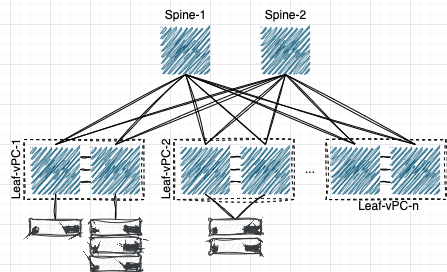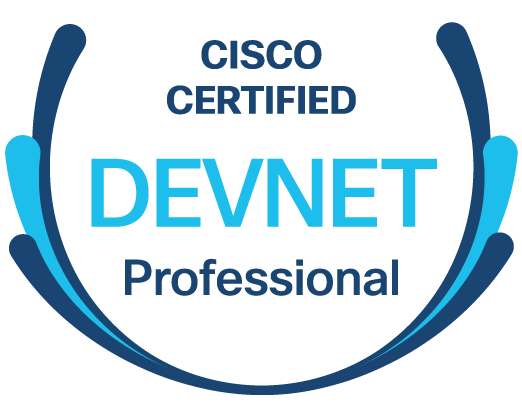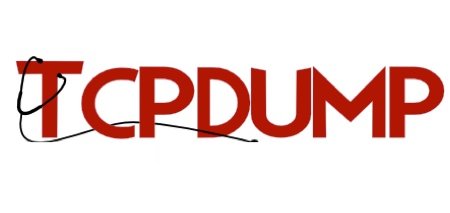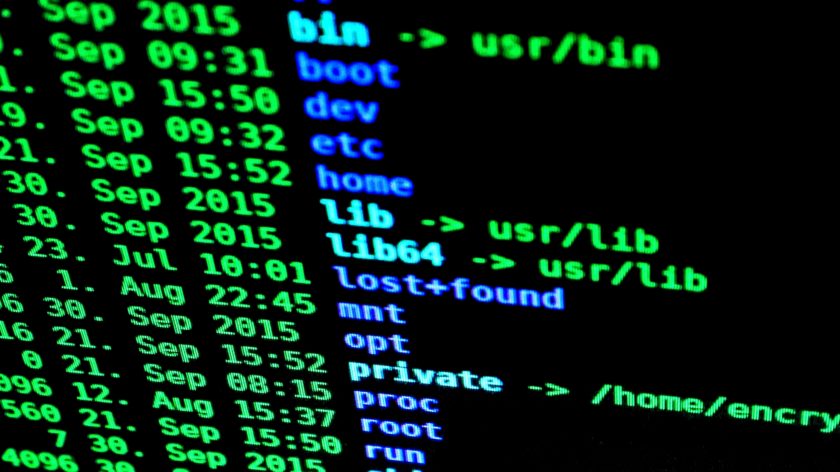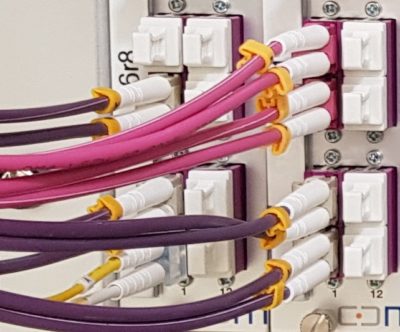Migrating Cisco FabricPath and Classic Ethernet Environments to VXLAN BGP/EVPN over a 400Gb-based Clos Topology, part 1 – the why
During the past three years, I have spent a good portion of my time testing, planning, designing, and then migrating our DC network from Cisco FabricPath and Classic Ethernet environments to VXLAN BGP/EVPN. And simultaneously, from a hierarchical classic two-tier architecture to a more modern Clos 400Gb-based topology.
The migration is not yet 100% completed, but it is well underway. And I have gained significant experience on the subject, so I think it’s time to share my knowledge and experiments with our community.
